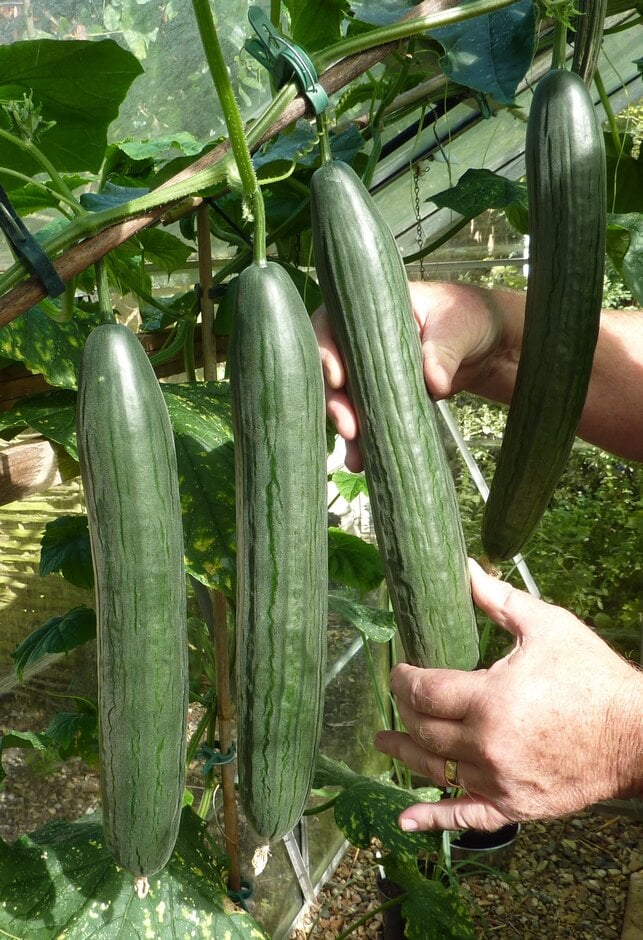Size
Ultimate height
2.5–4 metresTime to ultimate height
1 yearUltimate spread
0.1–0.5 metresGrowing conditions
Moisture
Moist but well–drainedpH
Acid, Alkaline, NeutralColour & scent
| Stem | Flower | Foliage | Fruit | |
| Spring | ||||
|---|---|---|---|---|
| Summer | Yellow | Green | Green | |
| Autumn | Green | Green | ||
| Winter |
Position
- Full sun
Aspect
East–facing or South–facing or West–facing
Exposure
Sheltered Hardiness
H1CBotanical details
- Family
- Cucurbitaceae
- Native to GB / Ireland
- No
- Foliage
- Deciduous
- Habit
- Climbing
- Potentially harmful
- Pets: Bitter fruit can be TOXIC if eaten - see the HTA guide to potentially harmful plants for further information and useful contact numbers
- Genus
Cucumis is a genus of twining plants with tendrils which includes cucumber, melons and gerkins. Around 30 species are native to Africa and 25 to India, Southeast Asia and Australia.
- Name status
Accepted
How to grow
Cultivation
Transfer young plants into large pots of good quality compost or into the greenhouse border. Water little and often to keep the growing medium evenly moist. Feed evert 10-14 days with a balanced liquid fertiliser. Provide wires or canes for the plants to climb up. See 'growing cucumbers' in vegetable cultivation for further information
Propagation
Propagate by seed. See sowing vegetable seeds
Suggested planting locations and garden types
- Conservatory and greenhouse
- Edible fruit
Pruning
Pinch out the growing point when it reaches the greenhouse roof. Pinch out the tips of side shoots two leaves beyond a female flower (which has a tiny fruit behind it). Pinch out the tips of flowerless side shoots once they reach 60cm long
Pests
May be susceptible to glasshouse whitefly
Diseases
May be susceptible to cucumber mosaic virus and powdery mildews
Love gardening
Sign up to receive regular gardening tips, inspiration, offers and more
View our Privacy Policy
Get involved
The Royal Horticultural Society is the UK’s leading gardening charity. We aim to enrich everyone’s life through plants, and make the UK a greener and more beautiful place.
